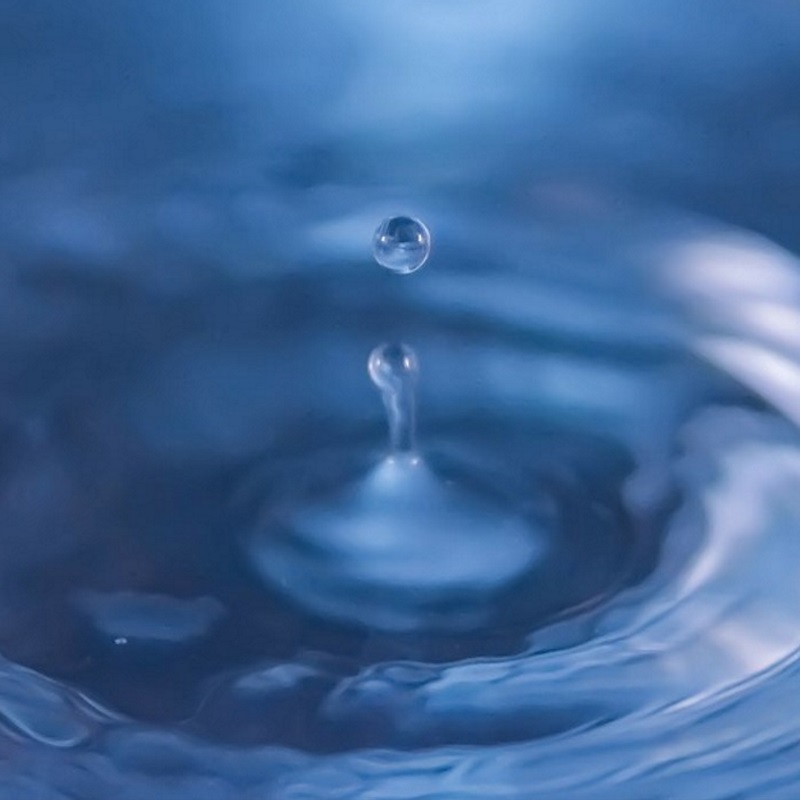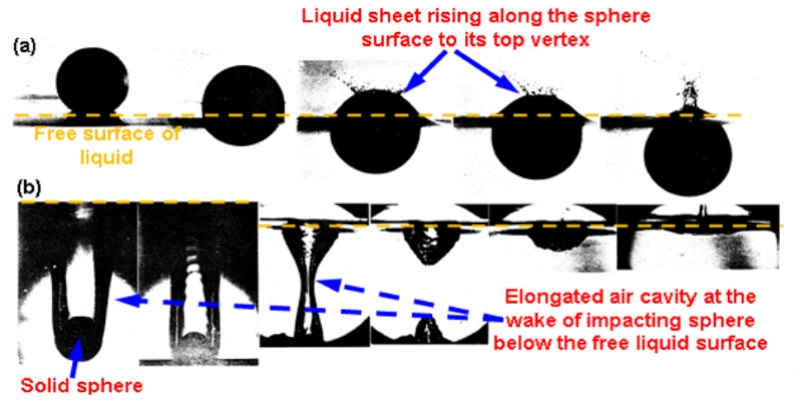To celebrate 350 years of scientific publishing, we are inviting our readers to tell us about their favourite papers from the Royal Society archive. Today Visakh Vaikuntanathan, a final year doctoral candidate in the department of Aerospace Engineering at the Indian Institute of Science, tells us about two highlights from the archive.

One of the first experimental studies on the splash phenomenon when (a) a liquid drop impacts on a liquid pool, and (b) a solid sphere impacts on a liquid pool was reported in the two papers of Arthur Mason Worthington and RS Cole published in Philosophical Transactions A in 1897 and 1900. Due to a wide range of parameters affecting the process, the subject of their study is still not fully understood and is still being pursued today. Although qualitative in their description of the splash phenomenon, the papers are nothing short of remarkable for their time period for two reasons – (i) employment of instantaneous spark photography, which was the equivalent of present day high speed digital video cameras in producing beautiful time-resolved images of splash phenomenon, and (ii) the description of the salient features of splash and how they are affected by a variety of parameters.
Their experimental apparatus used an electric-spark produced at the desired time to illuminate the impact region. Imaging parameters such as time of sparking, interval between two sparking instants and duration of spark were achieved by detailed mechanisms utilizing electro-magnets, metallic timing spheres and Leyden jars. Regarding the spark duration the authors note, “this interval of less than three-millionths of a second bears to one second just about the same ratio as a day to a thousand years” – a classic example of the simple language used.
Through instantaneous spark photography, the authors bring out beautiful pictures of events above (1897) and beneath (1900) the free surface of a liquid pool when a solid sphere impacts on it. The formation and evolution of splash and air cavity, above and beneath the free liquid surface respectively, were carefully studied for a wide variety of parameters – impact velocity; solid sphere diameter and surface roughness; presence of dust on the solid sphere surface; surface tension, density, and viscosity of liquid pool; heating of solid sphere prior to impact; presence of surrounding air; and electrification of solid sphere prior to impact. The existence of a critical impact velocity separating regimes of ‘smooth’ splash (no formation of air cavity) and ‘rough’ splash (formation of air cavity) and its dependence on the above-mentioned parameters was discussed. A similarity of the general phenomenology of solid sphere impact on liquid pool with that of liquid drop impact on liquid pool was discussed as well.

Surface roughness promotes air cavity formation during solid sphere impacting a pool of water: (a) polished smooth serpentine sphere creating a ‘smooth’ splash (no air cavity underneath the free surface), and (b) rough marble sphere creating a ‘rough’ splash (elongated air cavity underneath the free surface) both falling from a height of around 15 cm from free surface level. Adapted from Series X and XIII of Worthington and Cole (1900).
The 1897 paper ends as follows:
“…we cannot but think that trustworthy information about the motions that follow very simple initial conditions may prove of real value, and not of merely curious interest”
Indeed, the plethora of phenomena originating from very simple initial conditions, such as in the case of solid sphere impacting on liquid pool, and their applications ranging from water entry of projectiles to underwater noise created by rain drops impacting on a liquid pool are testimony to this final statement made more than a century ago.
